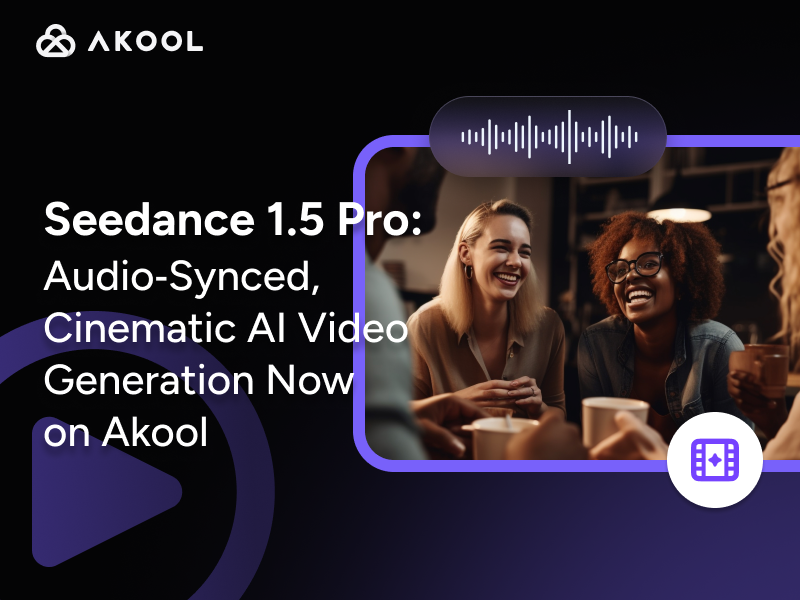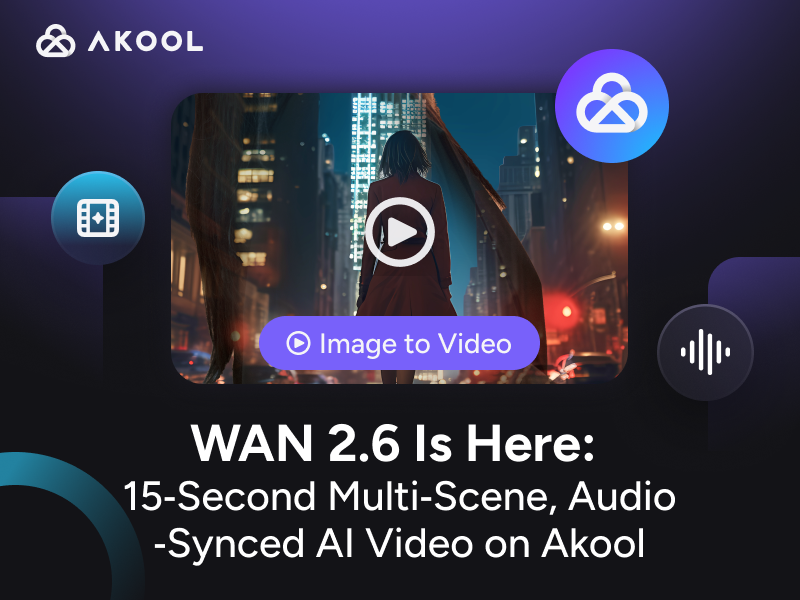Introduction to Facial Landmark Detection
Facial Landmark Detection identifies key facial features, such as eyes, nose, and mouth, using algorithms. Commonly used in computer vision, it enhances applications in augmented reality, facial recognition, and photo editing. Techniques often involve machine learning models like Convolutional Neural Networks (CNNs). This process enables creators and agencies to develop more personalized and interactive digital experiences with precise accuracy and efficiency.
How to Use Facial Landmark Detection
Understanding how to effectively use Facial Landmark Detection can empower creators and agencies to harness its full potential in various creative projects. Below are some key insights and steps to get you started:
Definition
Facial Landmark Detection involves identifying specific points on a face, such as the eyes, nose, and mouth. These landmarks serve as anchor points for further analysis or enhancement of facial images.
Capabilities
- Real-time Detection: Capable of processing images quickly, making it ideal for applications requiring instant feedback, such as live filters and animations.
- High Precision: Accurately identifies facial features, facilitating detailed mapping and enhancing user interaction in digital applications.
Useful Formulas
While the process is largely automated, understanding the basic formulas can aid in customization:
- Distance Measurement: Calculating the distance between two landmarks can be useful for scaling or transforming effects.
- Angle Detection: Formulas to determine angles between landmarks help in aligning overlays or animations accurately.
Steps to Implement
| Step | Description |
|---|---|
| Select a Framework | Choose a machine learning framework such as TensorFlow or PyTorch, which offers pre-trained models for facial landmark detection. |
| Prepare Your Dataset | Use annotated facial images to train the model, ensuring a diverse and comprehensive dataset for better accuracy. |
| Model Training | Train your model using Convolutional Neural Networks (CNNs) to recognize and locate facial landmarks. |
| Integration | Incorporate the trained model into your application, allowing it to process images and detect facial landmarks in real-time. |
| Application Development | Use the detected landmarks to develop interactive features, such as applying digital makeup, creating virtual masks, or enhancing facial animations. |
By following these steps and leveraging the capabilities of Facial Landmark Detection, creators and agencies can develop innovative applications that enhance user engagement and create personalized experiences. For additional insights into AI tools, you may refer to this page.
Applications of Facial Landmark Detection
Facial Landmark Detection has a myriad of applications across various industries, enhancing both functionality and user experience:
Augmented Reality (AR): Creators use it to overlay digital content onto real-world faces, enabling interactive filters and effects in apps like Snapchat and Instagram.
Animation and Gaming: It aids in creating realistic character animations by capturing and mapping facial expressions onto digital avatars. Explore more about facial detection in gaming here.
Healthcare: Utilized in diagnosing medical conditions by analyzing facial features for signs of genetic disorders or neurological diseases.
Security and Surveillance: Enhances facial recognition systems for improved accuracy in identifying individuals.
Virtual Try-Ons: Retailers implement it in apps to allow customers to virtually try on makeup, glasses, or accessories, providing a personalized shopping experience.
These applications demonstrate the versatility and importance of Facial Landmark Detection in modern technology. For more information on face swapping technology, visit this article.
Technical Insights into Facial Landmark Detection
Algorithms and Techniques
Facial Landmark Detection employs sophisticated algorithms to identify specific facial features. At its core, the process often utilizes Convolutional Neural Networks (CNNs) due to their proficiency in image processing tasks. CNNs are designed to automatically learn spatial hierarchies of features through backpropagation, which is particularly effective in distinguishing complex patterns and structures in facial data.
Machine Learning Models
Machine learning models are trained on large datasets of annotated facial images. These datasets are crucial as they provide the necessary variety and volume of examples for the model to learn accurately. The training process involves adjusting the model’s parameters to minimize error in predicting the location of facial landmarks.
Precision and Efficiency
Once trained, these models can detect landmarks with high precision, locating points such as the eyes, nose, and mouth with impressive accuracy. The detection process is efficient, capable of real-time performance, which is essential for applications that require quick response times, such as augmented reality and live photo editing.
Data Augmentation
To enhance model robustness, data augmentation techniques are often applied. These include transformations such as rotation, scaling, and flipping, which help the model generalize better by simulating various face orientations and lighting conditions.
Statistics on Facial Landmark Detection
| Statistic | Description |
|---|---|
| Accuracy Improvements | Recent studies have demonstrated that the accuracy of facial landmark detection algorithms has surpassed 95% on standard benchmark datasets, such as 300-W and AFLW. |
| Real-Time Processing | Modern facial landmark detection systems can process images at speeds exceeding 100 frames per second (FPS). |
| Market Growth | The facial recognition market is projected to grow at a CAGR of 16.6% from 2023 to 2030. |
Understanding these statistics helps creators and developers gauge the potential impact of facial landmark detection in their work, allowing them to make informed decisions about leveraging this technology to enhance user experiences and develop new solutions. For more on AI tool integration, the AI tools suite offers comprehensive insights.
Frequently Asked Questions about Facial Landmark Detection AI Service
What is Facial Landmark Detection?
Facial Landmark Detection is an AI technology that identifies and tracks key points on a face, such as eyes, nose, and mouth, to understand facial expressions and orientations.
How does Facial Landmark Detection work?
The service uses advanced algorithms and machine learning models to analyze facial images and detect specific landmarks, providing accurate and real-time facial analysis.
What are the applications of Facial Landmark Detection?
This technology can be used in various fields such as augmented reality, facial recognition systems, emotion detection, and even in healthcare for patient monitoring.
Is Facial Landmark Detection secure and private?
Yes, our service ensures data privacy and security by using encrypted data transmission and adhering to strict data protection regulations.
Can Facial Landmark Detection be integrated with other AI services?
Absolutely, our API is designed to seamlessly integrate with other AI services and platforms, enhancing functionality and user experience.
What are the system requirements for using Facial Landmark Detection?
Our service is cloud-based, requiring only an internet connection and compatible software to access and utilize the AI capabilities.
How accurate is your Facial Landmark Detection service?
Our AI models are trained with extensive datasets to ensure high accuracy and reliability in detecting facial landmarks across diverse conditions.
Is there a free trial available for your Facial Landmark Detection service?
Yes, we offer a free trial so users can explore and evaluate the capabilities of our Facial Landmark Detection service before committing to a subscription.




